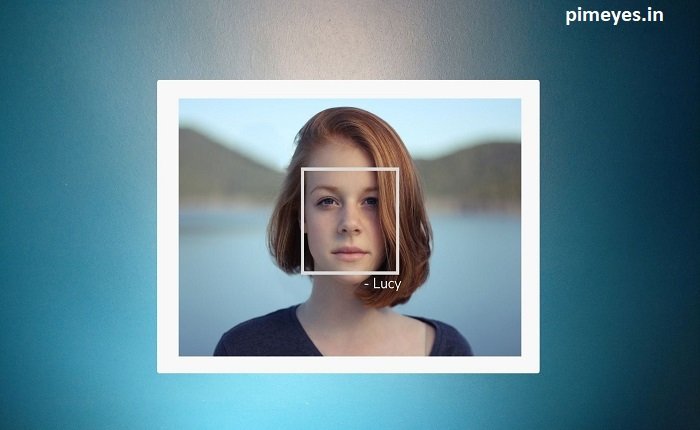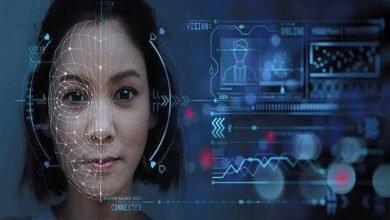Face ID Search: Technologies, Trends, and Ethical Dilemmas

Face ID Search This face recognition search technology is changing how we perceive security and individual identification. Like an algorithm that can recognize and identify faces, this technology is being used in various areas, ranging from smartphone unlock methods to high-security clearances. Here, we explore how search Face ID functions and the underlying technology behind it.
Face ID search works chiefly by mapping the characteristics of anyone’s face, such as jaw shape, spacing of the eyes, and the contouring of the cheekbones. This data is then transformed into a digital representation and matched against a database to find similar or identical faces. With the evolving technology, search Face ID is uniquely accurate and essential security for checking identities.
Face ID Search in Daily Tech
Face ID search is no longer an esoteric concept but a practical tool built into many of our current systems. With data closer to the present available until October 2023, explore how search Face ID has been embraced in smartphones, smart home devices, and even in some public infrastructures.
Face ID search technology finds applications in smartphones perhaps the widest. Fn8 smartphones come equipped with a standard fingerprint scanner, which is an integral security element alongside facial recognition where the user can access their devices by just looking at them. The same convenience applies to apps for banking and secure communications, where Face ID can make sure that only the proper owner has access to sensitive information.
Face ID Search: The Ethical Dilemma
The use of Face ID search in everyday life has tremendous ethical implications. The emergence of health data monetization has created a tension between innovativeness and individual privacy rights, which are explored in this section, concentrating on issues over consent and the potential for surveillance.
One of the major concerns with Face ID search is the risk of mass surveillance. As governments and corporations gain the ability to track individuals through their facial features, the potential for privacy erosion increases. This raises questions about the extent to which this technology should be regulated to protect individual privacy without stifling technological advancement.
Legal Framework and Face ID Search
The legal landscape surrounding Face ID search is complex and varies significantly across different jurisdictions. In this section, we examine current laws governing the use of facial recognition technology and what future legislation might look like.
In the United States, for example, there is no comprehensive federal law regulating the use of Face ID search technology. However, some states have enacted their regulations to address privacy concerns. The European Union, on the other hand, covers facial recognition under the General Data Protection Regulation (GDPR), which imposes strict guidelines on how personal data, including biometric data, can be collected and used.
Face ID Search in Security Systems
Face ID search is also a cornerstone in modern security systems. This section reviews its use in areas such as border control, airport security, and secure access to buildings.
Airports are increasingly turning to search Face ID technology to streamline security processes and improve accuracy in identifying travelers. This not only enhances security by preventing identity fraud but also improves the efficiency of the check-in and boarding processes, reducing wait times and improving the overall travel experience.
Advances in Face ID Search Technology
The field of Face ID search is rapidly evolving, with new advances being made regularly. This section highlights recent technological breakthroughs that have improved the accuracy and speed of face identification.
One of the most significant advances in search Face ID technology is the development of 3D recognition systems, which analyze the depth and contours of a face, making the identification process much more accurate and less susceptible to errors. Additionally, the integration of artificial intelligence and machine learning has enabled these systems to learn from new data, continually improving their ability to recognize faces accurately.
Conclusion
Face ID search technology is a peculiar mixture of high-tech smart devices, ease of access, and difficulty. Although it provides significant advantages such as security and efficiency, it does raise ethical and electronic privacy concerns that must be concerned. The challenge will be to strike a balance between harnessing the benefits of a search Face ID with protecting the rights and liberties of individuals as we move forward.
FAQs
How secure such Face ID search technology can be? Face ID search technology is considered secure, as it uses complex algorithms and data encryption to protect against unauthorized access. But like all technology, it is not immune from sophisticated hacking efforts.
Is Face ID search possible to deceive or circumvent? Face ID search in its earlier iterations could be easily tricked with photographs or masks of high quality, but newer-generation technologies using 3D mapping and AI have mitigated those vulnerabilities significantly.
What are the privacy options for individuals concerned about Face ID search? Individuals can opt out of certain applications of search Face ID technology, use traditional security measures like PINs or passwords, and advocate for stronger regulatory measures on biometric data.
How is the Face ID search used in law enforcement? Law enforcement organizations use search Face ID to identify suspects, locate missing persons, and assist in solving crimes. However, this is often subject to legal scrutiny and public debate to ensure that it does not violate civil liberties.




